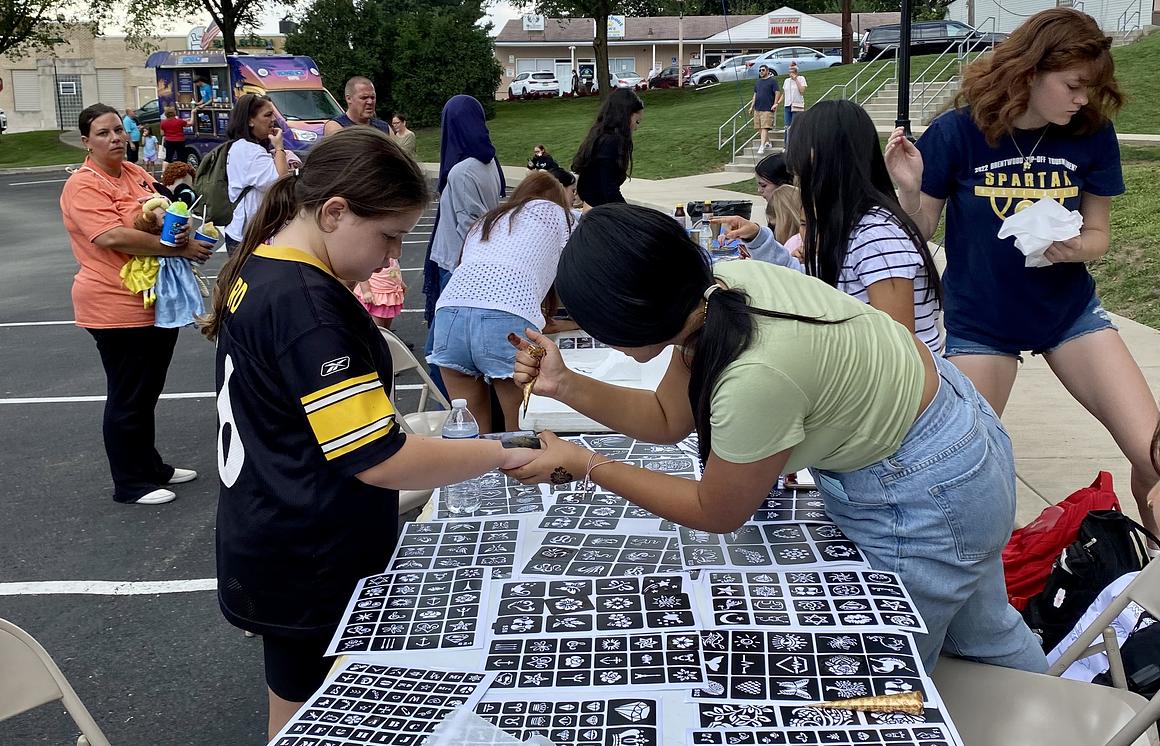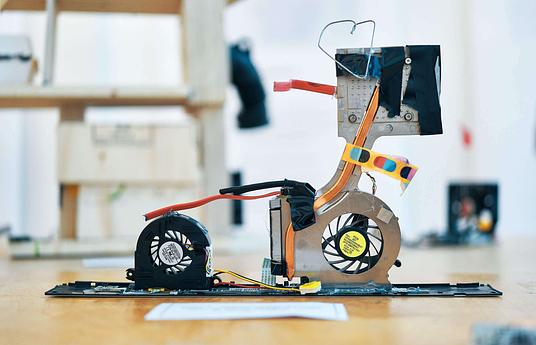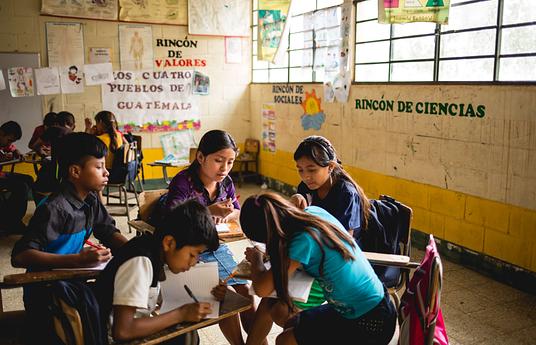Demographics had changed and the middle school was filled with students who were new to the district: 30% of the prior year’s 8th graders had not transitioned from one of the district’s elementary schools. A great many of the students were new English-language learners. We knew that the district needed to do a better job of welcoming and supporting these students.
Based on feedback from students about how we could be of more help, the team created “welcome bags” for new students. This bag included a t-shirt with the school’s logo on it for students to wear at school spirit events, along with a school-branded tote bag and a water bottle. These items were intended to make students feel like part of the group - particularly important during middle school. Students received the welcome bags as gifts which took pressure off families to find and buy these items.
It ended up taking longer than planned to gather the items, assemble the bags and give them to all of the new students. We had initially planned to distribute them at the very beginning of the year and the team felt that doing this earlier in future years would be valuable. We found, nonetheless, that the students were excited to receive these bags, even mid-year.
We first had focused a small hack on elementary school students and progressed to work with middle schoolers. Next, the team aimed their spring innovation at high schoolers, still with a spotlight on the English learner families. We organized a half-day multicultural event in the high school where many different traditions, cultures and places around the world were celebrated. At nearly two dozen stations, students could get henna tattoos, learn guacamole making, discover cultural dances and much more. More than 20 students and teachers chose to run stations to share their culture or a culture with which they were familiar. Open to the entire high school, the enthusiasm on event day suggested that students clearly enjoyed the opportunity for this multi-cultural exchange.
On a practical level it is important to have a clear point person who is helping to drive the effort … for whom family and school engagement is a priority. Ideally, that person can be a parent, because then other parents will be more invested in the process and that point person can make sure the work meets family needs, not only the school’s needs.




